Insecurity and Your Myers-Briggs® Personality Type
Back in November we explored what makes each of the 16 personality types feel vulnerable. Today I want to take another look at vulnerability and insecurity. We all experience more insecurity around strengths or preferences we don’t have. For example, a Sensor will feel more insecurity when having to rely on intuition than an Intuitive would. If you asked a Sensor to hypothesize a future reality with certainty they may shrug and look confused – after all, they need more facts and real-life data to draw from. Occasionally they might find this kind of activity fun, but often it will feel a little off-putting. This works the same way for Intuitives when having to rely on Sensation, Feeling types relying on Thinking, and more.
Not sure what your personality type is? Try out our most highly recommended personality questionnaires:

- You can take our free personality questionnaire here
- You can take Personality Hacker’s highly accurate personality questionnaire.
- You can take the official Myers-Briggs Type Indicator® for $49.95
This article contains an affiliate link to a questionnaire on Personality Hacker. If you purchase one of their courses, I get a small kickback that I can use to pay for hosting and other demands of this site. I only recommend courses I love.
Table of contents
- What Is Myers-Briggs?
- Are we automatically bad at our less-preferred functions?
- Personality Type and Insecurity
- Extroverts and Insecurity
- Introverts and Insecurity
- Intuitives and Insecurity
- Sensors and Insecurity
- Thinking Types and Insecurity
- Feeling Types and Insecurity
- Judging Types and Insecurity
- Perceiving Types and Insecurity
- What Are Your Thoughts?
Estimated reading time: 21 minutes
What Is Myers-Briggs?
Before we go on, you might be asking yourself “What is a Myers-Briggs® Personality Type Anyyway?” That’s a good question! Maybe you clicked on this post without having a full awareness of what the 16 personalities are.
Myers-Briggs® is a system based on the theories of psychology pioneer Carl Jung. He believed that we are all born with certain psychological preferences – like whether we prefer to focus on the outer world or our own internal world, how we take in information, how we make decisions, and even our relationship to time. Katherine Briggs and Isabel Briggs Myers built on Jung’s theories by creating a questionnaire to help individuals identify their type. MBTI® is an acronym for the Myers-Briggs Type Indicator®.
Ultimately, this personality theory helps us learn about ourselves in terms of how our preferences can both challenge and empower us in different situations. Each of the 16 personality types has their own set of strengths and weaknesses, talents and vulnerabilities.
Each Myers-Briggs® personality type has four sets of ingrained preferences. These preferences are based on the following areas:
1. Extraversion or Introversion (E or I)
2. Sensing or Intuition (S or N)
3. Thinking or Feeling (T or F)
4. Judging or Perceiving (J or P).
As you read the rest of this article you’ll get a better idea of what those preferences (and their corresponding letters) mean.
Are we automatically bad at our less-preferred functions?
If, for example, you are an INFJ, will you always be bad at Sensation (S) or Thinking (T)? Not necessarily. Like many typologists, I explain our type preferences by comparing them to handedness. If you’re right-handed you still use your left hand, sometimes quite proficiently. If you suddenly lost your left hand you’d dearly miss it. Driving, cooking, and nearly any task become much more challenging without two hands!
The same applies to your personality preferences. Each letter in your personality type denotes a preference: I for Introversion, E for Extroversion, S for Sensing, N for Intuition, etc,. But that doesn’t mean you can’t use the other preference well in particular situations. It will just take more effort and practice on your part, and it may not be as gratifying. You will also likely have less confidence in non-preferred strengths than you do in your preferred strengths.
Let’s see how this plays out among the personality types.
Personality Type and Insecurity
Extroverts and Insecurity

Extroverts are always trying to gather more data from the world around them. Carl Jung, the author of Psychological Types, states of the extrovert, “His whole consciousness looks outward, because the essential and decisive determination always comes from outside…His interest and attention are directed to objective happenings, particularly those in his immediate environment. Not only people but things seize and rivet his attention.” (Psychological Types, 334)
If you’re an extroverted personality type then you depend on external information and experience to guide you and to inform your thoughts.
- If you’re an extroverted thinker (ENTJ or ESTJ) you look for ways to organize, critique, or make logical sense of the world around you.
- If you’re an extroverted feeler (ENFJ or ESFJ) you look for emotional connections and interactions between people.
- If you’re an extroverted intuitive (ENFP or ENTP) you look for people, things, and words that stimulate ideas and possibilities.
- If you’re an extroverted sensor (ESTP or ESFP) you look for experiences, opportunities, or aesthetics that are available for you to enjoy.
What Makes Extroverts Insecure?
Insecurity can happen when external information isn’t readily available – either because it’s not accessible, or because you can’t interpret it. When you’re around people who aren’t saying anything, you can feel a sense of unease because no data is being given to you. You might turn on some music, look at your phone, or otherwise look for information that can be fed to your extroverted mind. In a friendship, relationship, or counseling relationship, long silences may feel like signs of disapproval or rejection.
EJ types in particular, often put on a “can-do” expression but may feel more insecure than others realize. The MBTI® Manual states that they “present such an active, competent face that it is easy to miss signs of distress and lack of confidence.” (226) I myself, an ENTJ, can present a confident face in a work setting but feel decidedly more shy and awkward in social situations where I have to enter a more Feeling-oriented place.
You Might Also Like: The Secret World of Every Extroverted Myers-Briggs® Personality Type
Introverts and Insecurity
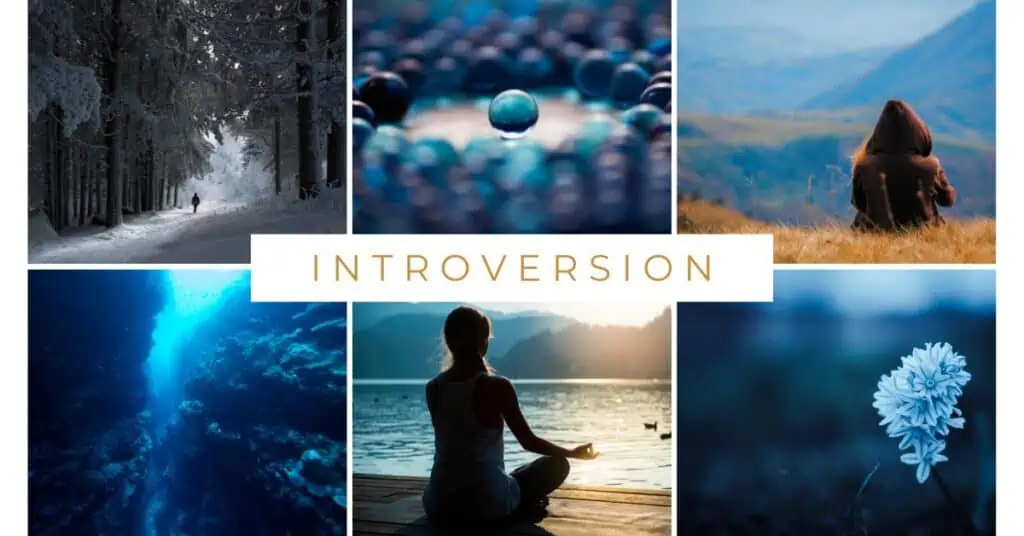
The introvert, in contrast to the extrovert, is always trying to gather more information from the inner world. The external world drives its way into their mind, but they mentally put up a barrier, trying to pause it from disrupting their inner musings.
Carl Jung states of introversion, “Although the introverted consciousness is naturally aware of external conditions, it selects the subjective determinants as the decisive ones. It is therefore oriented by the factor in perception and cognition which responds to the sense stimulus in accordance with the individual’s subjective disposition.” (Psychological Types, 374)
Those words may sound a bit confusing for many readers. What Jung is saying here is that the introvert is most interested in their own inner understanding of the world and its events. They are not as interested in external sources for answers or validation, but instead take time to formulate their own subjective ideas or interpretations.
Let’s see how this looks in the eight introverted personality types.
- Introverted Intuitives (INFJs and INTJs) look inside themselves to spot symbols, epiphanies, and patterns that would reveal a deeper meaning about something.
- Introverted sensors (ISFJs and ISTJs) look inside themselves to sense details, physical sensations, and memories that evoke a meaning or “impression.”
- Introverted thinking types (INTPs and ISTPs) look inside themselves to organize ideas, theories, and logical principles into a blueprint of how the world works.
- Introverted feeling types (INFPs and ISFPs) look inside themselves to assess their values, emotions, and whether their outer actions match their inner sense of knowing or “rightness.
What Makes Introverts Insecure?
Introverts need time to tap into the inner world before reacting to the outer world. Yet in our extroverted world, many introverts are pushed and prodded into reacting as quickly as the extrovert. Pauses are taken the wrong way.
As an example, imagine an extroverted and introverted couple fighting. The extroverted partner asks a question of the introvert: “Do you really even love me?” The introvert, who naturally checks into the inner world first, pauses. The extrovert then storms off or makes accusations of the introvert: “You paused! You don’t love me! I knew it!” The introvert feels defeated, for they have not even had a chance to interpret the truth of their inner world and share it with their partner. Of course they love their partner, but every question they’re asked urges them to draw inward and assess – not rapid-fire responses back in the moment.
In general, what introverts need is patience and understanding. They need time to process before responding in a meaningful way. They also need validation that their inner world is just as important as the outer one, where extroverts seem to thrive.
The MBTI® Manual states that introverted thinking types especially struggle in this extroverted world. “Dominant introverted thinking clients (ISTP and INTP) in particular are often bewildered by others’ behavior and misinterpret or overinterpret its meaning.” (226)
Introverts need more time than extroverts to pause before answering a question or jumping into action. They feel insecure in situations where they have to react quickly, improvise spontaneously, or respond verbally to unexpected questions. ISTPs and ISFPs are a little more comfortable with spontaneity and unpredictability than the other introverted types, but they still need time to reflect inwardly before responding (especially verbally) outwardly.
You Might Also Like: The Secret You Didn’t Know About Each Introverted Myers-Briggs® Personality Type
Intuitives and Insecurity
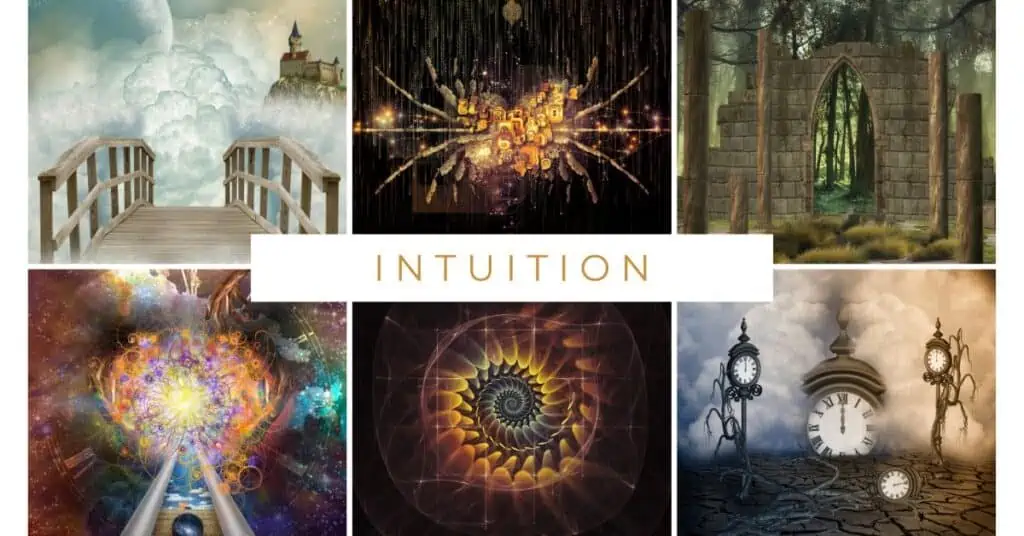
Intuitives are drawn to meanings, symbols, patterns, and abstract insights. N types are primarily concerned with the conceptual aspects of life. What “is” is usually less interesting to the intuitive than what “could be” or what “will be.”
Let’s see how this looks for the eight intuitive personality types:
- NJs (INFJs, INTJs, ENFJs, ENTJs) look inward to spot epiphanies, insights, patterns, and ripple-effects. Their ultimate concern is with the core meaning of something or the long-term implications of something. They think in symbols and metaphors.
- NPs (INFPs, INTPs, ENFPs, ENTPs) look outward to spot possibilities, ideas, patterns, and insights. Their ultimate concern is with creating meaningful possibilities and exploring new angles and connections.
For the extroverted intuitive (EN type), the external world triggers inner insights, connections, and possibilities that are abstract or conceptual in nature. They might see a tree and imagine a deity overlooking the world, often unnoticed, but ever watching. The introverted intuitive (IN type) also makes these connections, but usually imbues meaning on the external world from the inner world first. They might be walking through a park pondering the nature of God and the universe when they spot a tree. Immediately they consider how spirituality is often overlooked in the modern world. People are too distracted with their electronic devices to see the nature or magic around them. They don’t see the tree. “We don’t see God anymore. We see our phones.” they might think to themselves.
Carl Jung describes intuition well: “The intuitive function is represented in consciousness by an attitude of expectancy, by vision and penetration.” (Psychological Types, 366)
Intuitives do well in situations that call on them to imagine, predict, and gain insight. They enjoy exploring connections, patterns, and possibilities. They feel insecure in situations that force them to rely purely on cold, hard facts and literal details. Remembering a lot of details or working in a rigid structure that lacks room for imagination or creativity can feel overwhelming to them.
It’s easy for Intuitives to feel “bound” by facts or details. Sensors trust what they know from experience, and they may feel the need to “rein in” intuitives to keep them from taking on an idea or possibility that has never been explored before. This can be irritating to intuitives, who are driven to work with the unknown and unexplored.
You Might Also Like: Why Sensors and Intuitives Drive Each Other Crazy
Sensors and Insecurity

Sensors are drawn to facts, details, and experiences. The S type is primarily concerned with the concrete aspects of life. They are more interested in what “is” and less interested in hypothesizing about what “could be” unless they have a lot of concrete data or evidence with which to draw from.
Let’s see how this looks for the eight sensing personality types:
- SJs (ISTJ, ISFJ, ESTJ, ESFJ) look inward to recall facts, memories, details, and experiences. They aim to create stability by relying on tried-and-true information.
- SPs (ISTPs, ISFPs, ESTPs, ESFPs) look outward to spot tangible stimuli that they can experience directly. Their ultimate concern is with real-life experiences, practicality, and immersion and oneness with their environment.
For the Sensor, real facts and lived experiences will always be more important than theory or “what if’s”. When they do go to an abstract place of musing it’s often when they are stressed rather than when they are at their best. Their musings can sometimes be uncertain or dark “what if something terrible happens in the future?” or “I know some terrible fate will befall me”
Conversely, they may go to an intuitive place in their free time when they feel no pressure to act or appear in any particular way. Perhaps they have a penchant for sci-fi movies or fantasy literature where the unknown is a key component.
Sensing-Perceivers are concerned with being realistic as much as possible. Carl Jung says of Sensing-Perceivers, “No other human type can equal the extraverted sensation type in realism. His sense for objective facts is extraordinarily developed.” (Psychological Types, 363)
Sensing-Judgers are concerned with the internal impressions they gain from the external world. They use a form of sensing called introverted sensation. Carl Jung says of introverted sensation, “Introverted sensation apprehends the background of the physical world rather than its surface. The decisive thing is not the reality of the object, but the reality of the subjective factor.” (Psychological Types, 395)
Therefore, Sensing-Perceivers (especially ESFPs and ESTPs) tend to see the world exactly as it is without imbuing a lot of subjective meaning onto it. They focus on being as realistic and factual as possible. A tree is a tree, nothing more. They could tell you how to climb a tree, or maybe the scientific name and type of tree, but they aren’t likely to wax poetic on the beauty of the tree and how it represents life.
Sensing-Judgers (especially ISTJs and ISFJs) tend to infuse the external world with a lot of subjective meaning. They are able to see a tree and recall a memory or emotion associated with it. They can imagine the tree as it was in the past and feel an urge to preserve that tree’s place in the world. When they recall a past experience, they will recall their subjective interpretation of the experience more than the literal details of what happened.
Sensors experience insecurity when asked to consider something that has no basis in reality or which lacks supporting data. This can make them feel uncomfortable, as if they are being taken to task for not having enough knowledge. Sensors might also feel overwhelmed or frustrated when confronted with complex theories and ideas that don’t have any tangible application or relevance in the moment.
Sensing-Perceivers (types with an SP in their four-letter code) feel insecure when they are constrained, limited, or inactive. They dislike being asked to speculate or predict how something might turn out, because there is no concrete answer for them to consider. They are wired to the present and they know that the future is ever-changing and largely unpredictable. Any situation that limits their freedom can also feel overwhelming to them. Because they believe that the future is always changing, they don’t like commitments that might trap them onto one path.
Sensing-Judgers (types with an SJ in their four-letter code) feel insecure when they are forced to adjust to a new, unpredictable situation that they have no past experience or preparedness for. They prefer to have a structure and plan in place that they can refer to, so when something unexpected happens it throws them off balance.
You Might Also Like: The Driving Force of Every Sensing Myers-Briggs® Personality Type
Thinking Types and Insecurity
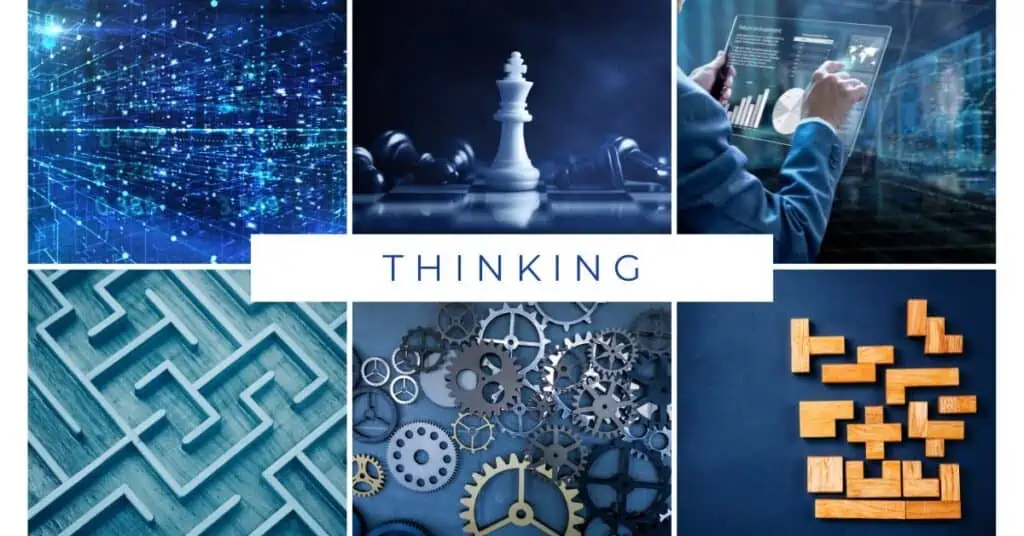
Thinking types focus primarily on impersonal information to make logical choices. They mentally step back from a situation to weigh the pros and cons, understand the principles, and look at cause and effect.
Let’s see how this looks for the eight thinking types:
- Thinking-Judging types (TJs) focus on making decisions that will most logically achieve a particular objective. They apply their logic externally by organizing, structuring, planning, and delegating. Often TJs appear productive and tough-minded.
- Thinking-Perceiving types (TPs) focus on making decisions that align with their inner blueprint of what makes sense to them. Organizing the inner mind is more important to the TP than organizing the external world. To this end, TPs focus on understanding how things work in-depth. TPs often appear analytical, skeptical, and curious.
Thinking types can appear very competent and capable in situations that rely on their strengths. A TJ type might appear at the top of their game in the boardroom or when organizing a strategy. A TP type might appear at the top of their game when explaining a system or troubleshooting a problem.
Where Thinking types feel insecure is in situations that rely on their use of Feeling. The MBTI® Manual states that some Thinking types “Have issues about discomfort and a sense of inadequacy in social situations, as they tend to take longer than other types to develop comfortable social skills. This is particularly true for dominant introverted thinking types (ISTP and INTP).” (227)
I’ve spoken with many ISTPs, INTPs, and even TJs who feel insecure or shy in social situations because they are less confident in social dynamics and “reading the room” than their Feeling counterparts.
Many Thinking types also feel vulnerable and insecure when they need emotional help. Because they so often subject their emotions to critical analysis, they can feel embarrassed, guilty, or ashamed when they are forced to acknowledge and accept the presence of emotions. If they “blow up” emotionally or vent about their feelings, they often experience embarrassment or regret afterwards. Many times they rationalize their feelings before they even have the chance to talk about them.
It’s crucial for Thinking types to recognize the importance of emotions rather than continually be repressing them. Having a feeling doesn’t make them “bad” or “stupid” and it certainly shouldn’t be something that they feel ashamed of.
Feeling Types and Insecurity

For the Feeling type, life is about honoring ones’ values, self-expression, and emotional connections. In one way or another, all Feeling types are looking at life in terms of values. This means that they are making decisions by seeing how things feel or what they deem as important rather than stepping back, as the Thinking type does, to see the situation objectively.
Keep in mind, even Feeling types think and Thinking types feel, but every individual has one preference that is stronger than the other.
Let’s look at the eight feeling types:
- Feeling-Judging (FJs) types focus on creating harmony and a positive atmosphere. They are skilled at “reading the room” and forming intimacy and loyal bonds with others. When it comes to decisions, FJs focus on how people will be emotionally impacted and what values are at stake.
- Feeling-Perceiving (FP) types, focus on their inner value system. “What matters to me?” Is the main question that FP types ask themselves when making decisions. It’s crucial for the FP to stay aligned with their authentic self, to honor their own individual code, and to make decisions that are in keeping with their personal views. Likewise, they believe that no one should infringe on another’s right to have their own personal opinions about things.
Feeling types tend to feel the most insecure in situations that call on them to publicly use Thinking qualities. If a Feeling-Perceiver is asked to enforce rules and agendas, they may feel overwhelmed by the pressure and expectations. They may also feel like they’re unfairly controlling others, because their natural tendency is to honor individual preferences more than to delegate or control.
If a Feeling-Judger is asked to critique someone’s job performance or analyze something purely on logical grounds, they may feel insecure because their preference is to be supportive or to assess things from a value-driven perspective. They are likely to worry about hurting someone’s pride or breaking the trust between them. They may also worry that their logic is incorrect and get stuck in a place of analysis-paralysis.
It’s important to note here that Feeling types and Thinking types are both perfectly capable of being intelligent. Some people believe that a preference for Feeling makes someone inherently illogical or perhaps unconcerned with common sense. This is not true. A feeling or thinking preference is not indicative of someone’s level of intelligence.
The Feeling type might be fully aware of the logic of something but choose to give priority to the emotions or values at play in a situation. A Thinking type might be fully aware of the human concerns but choose to be focus on logical analysis because ultimately they feel that is the most fair way to be.
You Might Also Like: 6 Major Misconceptions About Feeling Types
Judging Types and Insecurity

Judging types approach life with a need for structure, order, and reliability. They like knowing what’s going to happen, having a plan, and mapping situations out in advance. The MBTI® Manual states that “In the Judging attitude, a person is concerned with making decisions, seeking closure, planning operations, or organizing activities.” (26)
Here’s how the Judging preference shows up in the eight Judging personality types:
- Thinking-Judging (TJ) types make their decisions based on logical analysis. They try to create sensible plans, structures, and guidelines with which to organize their lives. In doing so, they hope to get peoples’ needs met in the most fair way possible.
- Feeling-Judging (FJ) types make their decisions by weighing and assessing values. They try to tap into the emotional needs of people in order to make a decision that gets those emotional needs met in as fair a way as possible.
As you can see above, both TJ and FJ personality types are trying to get people’s needs met, but they’re coming at it from different avenues. A TJ might come up with a strategy or plan that will meet someone’s resource needs (like money or food), while an FJ might be more focused on creating a solution that will meet someone’s emotional needs (like feeling heard and understood).
One of the places where Judging types can feel insecure is when they’re placed in a situation that doesn’t allow for any preparation or pre-planning. If they’re asked to make a decision on the spot, without any time for forethought or research, they may feel overwhelmed and underprepared.
Judgers can also find adapting to change stressful. Even if the change is for the better, Judgers may resist it because they’re so used to having everything in its place. They need time to adjust and find a new plan of attack before they can embrace the change.
Perceiving Types and Insecurity

Perceiving types are interested in new information and reacting to that information in the moment with a flexible perspective. They are less interested in having a structure or plan and more interested in taking each day as it comes. Their perspective is one of curiosity, openness, and adaptability.
Here’s how the Perceiving preference shows up in the eight Perceiving personality types:
- Sensing-Perceiving (SP) types are fascinated by what they can take in and experience through their five senses. They’re often curious and open to new experiences and are likely to take each day as it comes with a “go-with-the-flow” attitude.
- Intuitive-Perceiving (NP) types focus on possibilities and They’re drawn to what’s new and novel and are often open to taking risks in order to explore ideas. Openness allows them to take in many possibilities and generate as many alternatives as possible.
Perceiving types feel insecure in situations that force them to live in a more structured, orderly way. When they are forced to make a plan and stick to it, they may feel trapped and find it difficult to be sure that their plan is the right one.
Having too many structured rules can also be off-putting for Perceiving types. They thrive when they have the flexibility to move and adapt as needed, so having rigid expectations placed on them can cause them to shut down and become resistant. This is why it’s important for Perceivers to have plenty of unstructured time in their schedule to explore new ideas, adapt to whatever life throws at them, and live in their preferred “exploratory” mode of existing.
Read This Next: Why Judgers and Perceivers Drive Each Other Crazy
What Are Your Thoughts?
Did you enjoy this article? Do you have any thoughts or perspectives to share? Let us and other readers know in the comments!
Find out more about your personality type in our eBooks, Discovering You: Unlocking the Power of Personality Type, The INFJ – Understanding the Mystic, The INTJ – Understanding the Strategist, and The INFP – Understanding the Dreamer. You can also connect with me via Facebook, Instagram, or Twitter!
Sources:
Psychological Types by Carl Jung
The MBTI® Manual: A Guide to the Development and Use of the Myers-Briggs Type Indicator® Instrument by Isabel Briggs Myers, Mary H. McCaulley, Naomi L. Quenk, Allen L. Hammer
Building Blocks of Personality Type by Leona Haas and Mark Hunziker

Subscribe to Our Newsletter

Want to discover more about personality type? Get the inside scoop with Susan Storm on all things typological, along with special subscriber freebies, and discounts on new eBooks and courses! Join our newsletter today!



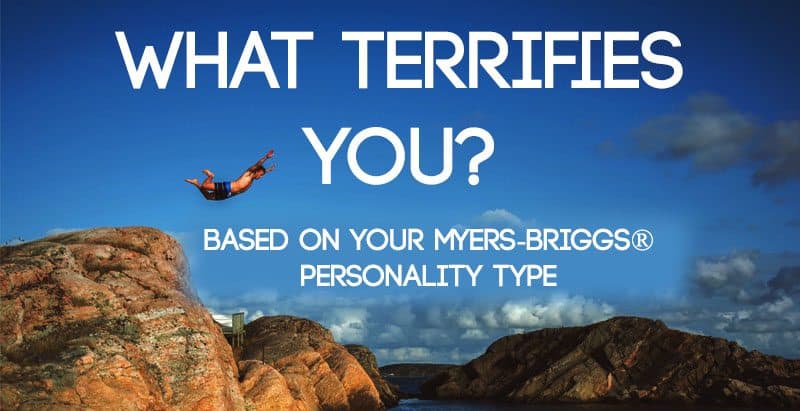


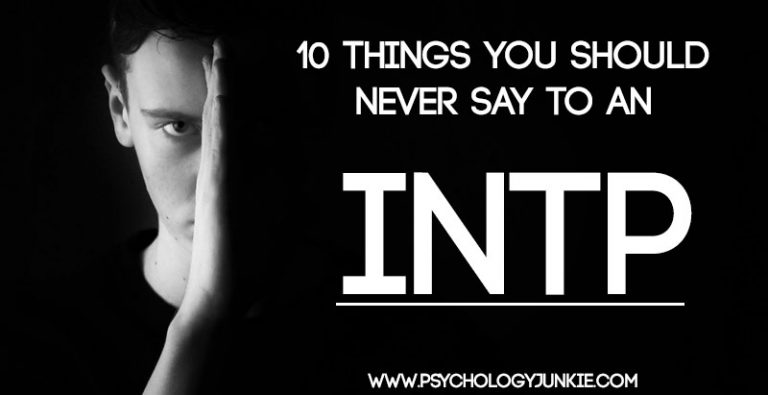
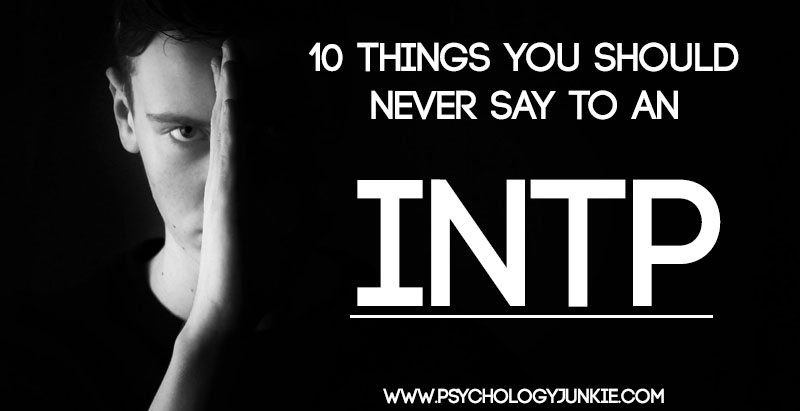
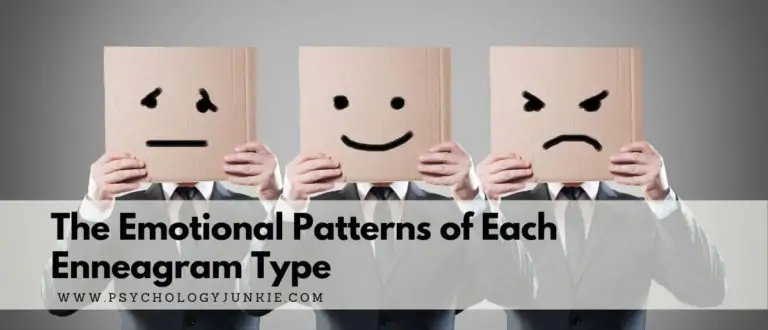
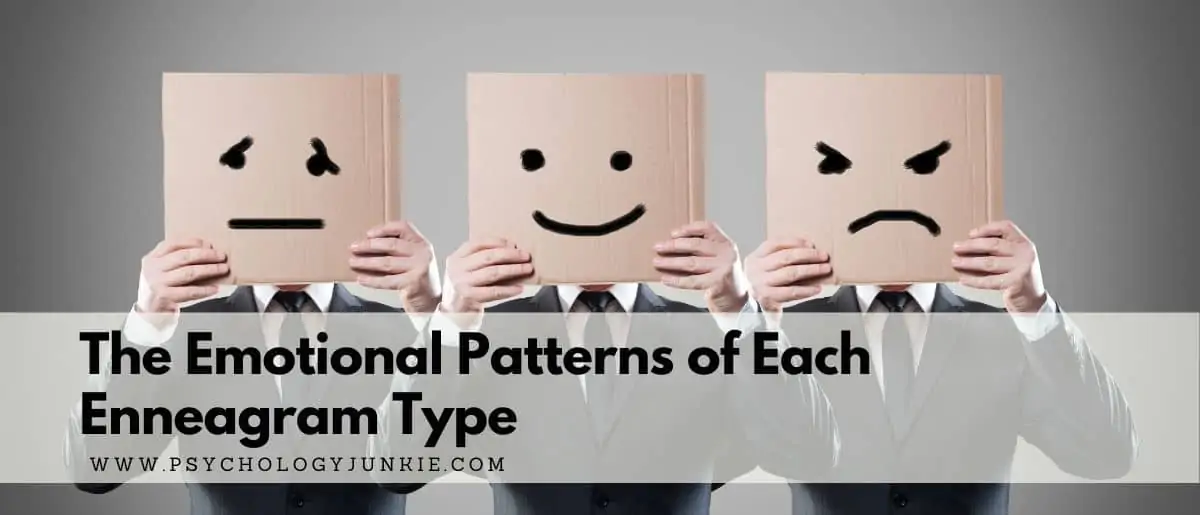
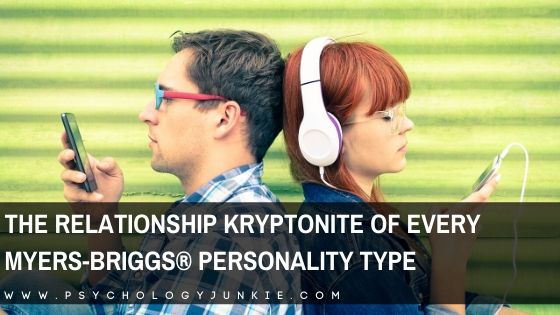


Wow, this article represents a lot of work for you! Well done!
I found it very interesting and accurate for my personality and those I know intimately.
Thank you!
Thank you so much Natasha! That is so encouraging to know!
Great article! I liked the fact you cited Jung along the text and it was very in depth, loved it
Thank you so much!
Very in-depth, thorough article, Susan! Also, insightful. Thank you for all your hard work; I read every one of your articles from my email inbox. One clarification I would ask: Did I misunderstand your type, as I thought I read somewhere you said you are an INFJ type. You said your dad is an ENTJ? Correct me if I’m wrong, but are you saying that both you and your dad are ENTJ? It’s not that important, I know, but just for clarification…… You say in this article:
“I myself, an ENTJ, can present a confident face in a work setting but feel decidedly more shy and awkward in social situations where I have to enter a more Feeling-oriented place.”
Reading this was like being at home with my parents. My dad used the MBTI
a lot in his classes at Ohio State, my mom used it in her Masters’ thesis. When I was a Montessori teacher, it helped me to understand the children and make curricular decisions.
So, thank you for taking me back and reminding me, in a way, who I am.